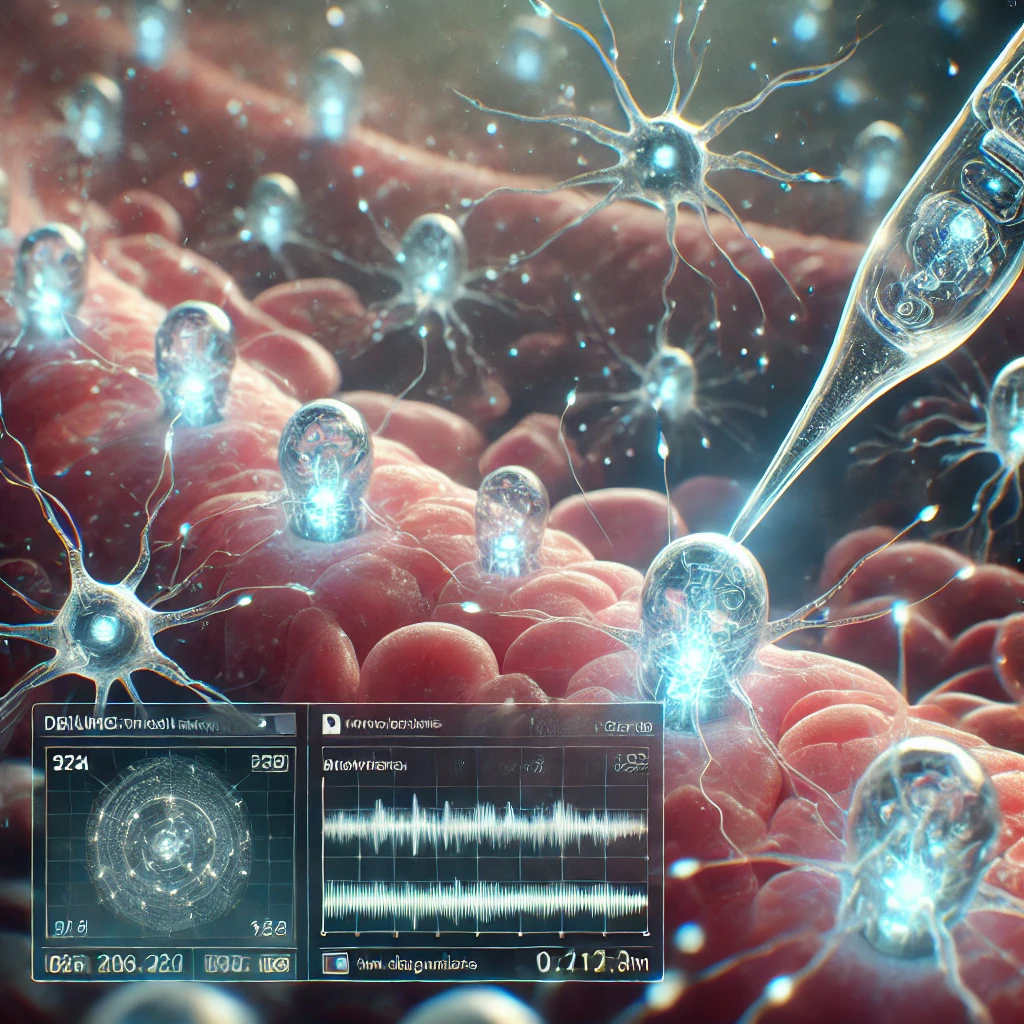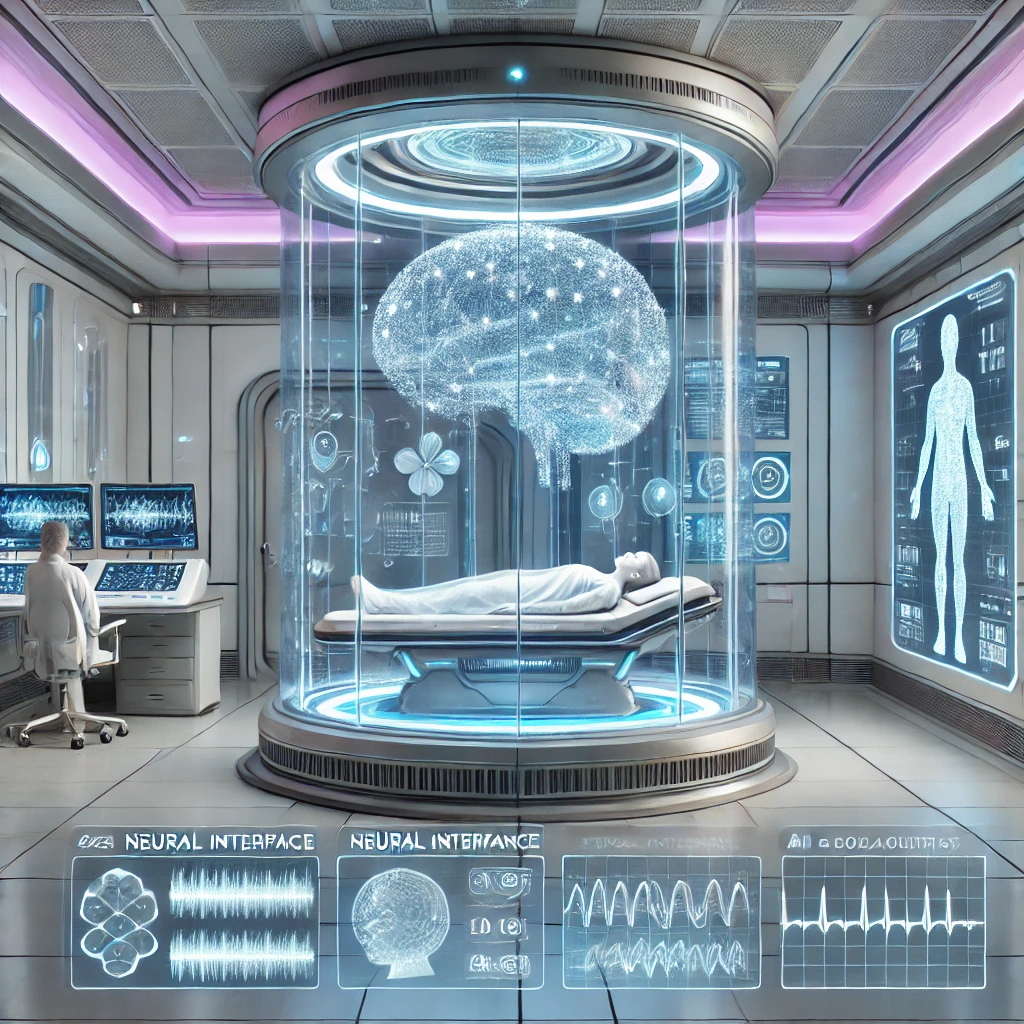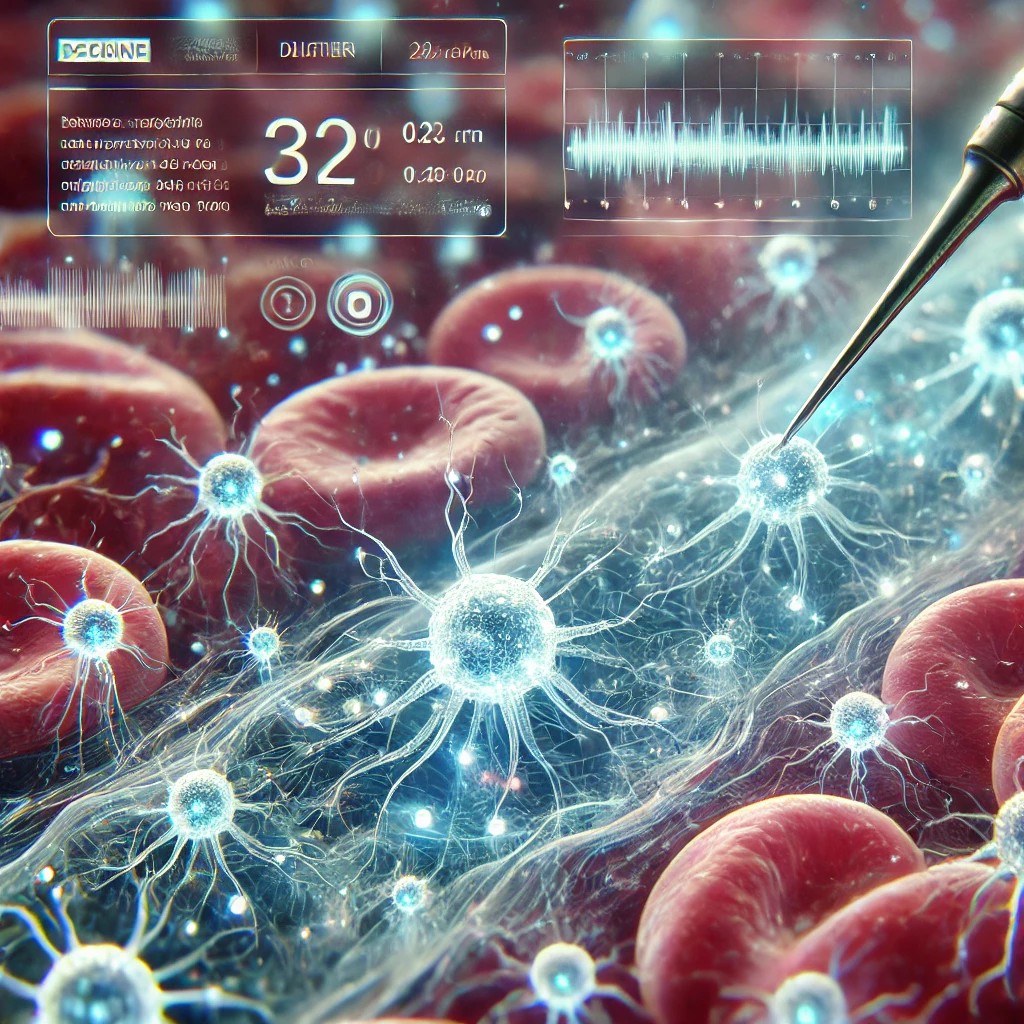The Future of Anaesthesia



From Ether ... to Nanotech
In 1846, William T.G. Morton changed the world when he unveiled the power of ether to silence pain—ushering in the age of modern surgery.
Nearly two centuries later, we stand at the brink of a new revolution, one even more astonishing.
Imagine an operating theatre where anaesthesia no longer means drifting into a fog of unconsciousness, but instead a momentary pause in nerve activity—targeted, clean, and reversible.
Thanks to breathtaking advances in AI and neuroscience, tomorrow’s anaesthetists may not even need syringes.
Instead, smart systems will read your brainwaves, calculate the precise amount of sedation you need, and deliver it in real time—adjusting every second as your body responds.
Recovery could begin the moment the surgery ends, with patients waking fully alert, pain-free, and without the grogginess or nausea we now accept as inevitable.
But perhaps the most thrilling leap lies in the realm of nanomolecular anaesthesia.
Picture this: billions of engineered nanobots—each smaller than a red blood cell—flowing through your bloodstream, programmed to seek out and silence pain signals at the synaptic level.
These "molecular anaesthetists" could isolate the exact neural circuits involved in surgical discomfort, switching them off temporarily while leaving the rest of the nervous system untouched.
No more full-body knockouts.
No more fear.
By 2040 and beyond, anaesthesia could be as gentle and precise as a whisper to your nerves—customized, conscious, and controlled.
From Morton’s ether to neural micro-switches, the future of anaesthesia is not just painless—it’s EXTRAORDINARY.